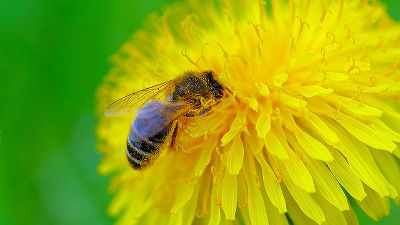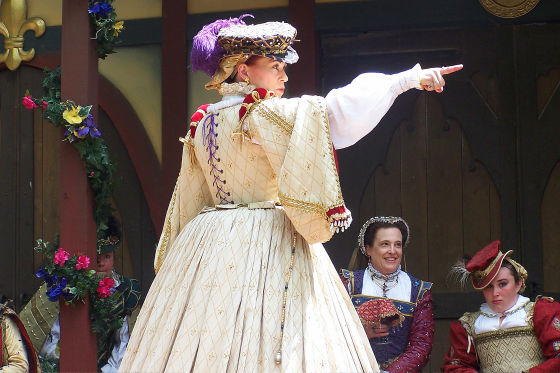Clearly that each individual acquires a bee when making a society, society is maintained with great profit of cooperation

ByMajamarko
Darwin's question left behind by why the bee's society has evolved without changing this characteristic despite the fact that only the queen bee bore a child and many females as worker bees can not leave a child, Hokkaido University ButA beeWe have clarified using the habit of.
It is obvious that each bee will earn a bee by making society (PDF)
http://www.hokudai.ac.jp/news/120704_pr_agr.pdf
A famous natural scientist in evolution theoryCharles DarwinSaid that the more the number of children to leave, the more properties evolveNatural selection theoryBut the question that Darwin could not solve within his lifetime is about the bee society. Female is the center of the bee society, male is born only to mate with the queen bee at a specific time. At this time female workers do not lay their own babies, but after raising a child born of a queen bee as a mother, he ends his life, but why the bees who can not leave children account for the majority, but bees are selected by natural selection Whether it was able to evolve has been left as an unexplained problem for many years.

ByAlphaBetaUnlimited
To this questionHamiltonA theoretical explanation that the number of children left by the mother Queen increases as the society is made and it does not lay child by oneself because the genetic quantity of the worker bee transmitted to the younger sibling through the mother increasesHamilton's law), But this has never been verified by actual bees and ants.
A research paper by Hasegawa Hideo, associate professor at Hokkaido University Graduate School of Agriculture, Doctoral Course 2 years and Mr. Hasegawa Institute of Agricultural Sciences, Hokkaido University "Honey bee coexisting with sociality and solitaryness gives definitive proof of Hamiltonian rule According to the report, the verification of the Hamiltonian rule was carried out using the Shiokawa Kohana bee, in which only a part of females nests themselves. In other words, we compared females who independently leave society raising their children and females who cooperate while making society and raising children, to clarify how the amount of gene transfer to the next generation is different.

ByOne lucky guy
As a result, it was found that the survival rate of larvae in nests cooperating with multiple females is about nine times survival rate of single nest, and we can grow more children. This is thought to be due to the fact that larvae survival rate declines because larvae can not watch as larvae are not supplemented while adults go out to bait, if solely. The daughter who cooperates with her mother drastically increases the amount of genes transmitted to the next generation via the mother rather than the same generation female who nests alone due to the high survival rate of the larva despite not directly producing children That is to say. There were also nests that succeeded in leaving many children by cooperating and nurturing children directly born by females who are not related to blood.

In other words, when cooperating partners are unrelated persons, their genes are conveyed directly by leaving their own children, and when cooperating with their mothers, they are indirectly communicating genes via their mothers. In both cases, it was shown that social construction has the effect of greatly increasing survival rate of larvae, which enhances the benefit of each cooperating individual.

ByGregw
In the future, this verification will be useful for clarifying the necessary conditions to maintain social cooperation.
Related Posts:
in Creature, Posted by darkhorse_log







